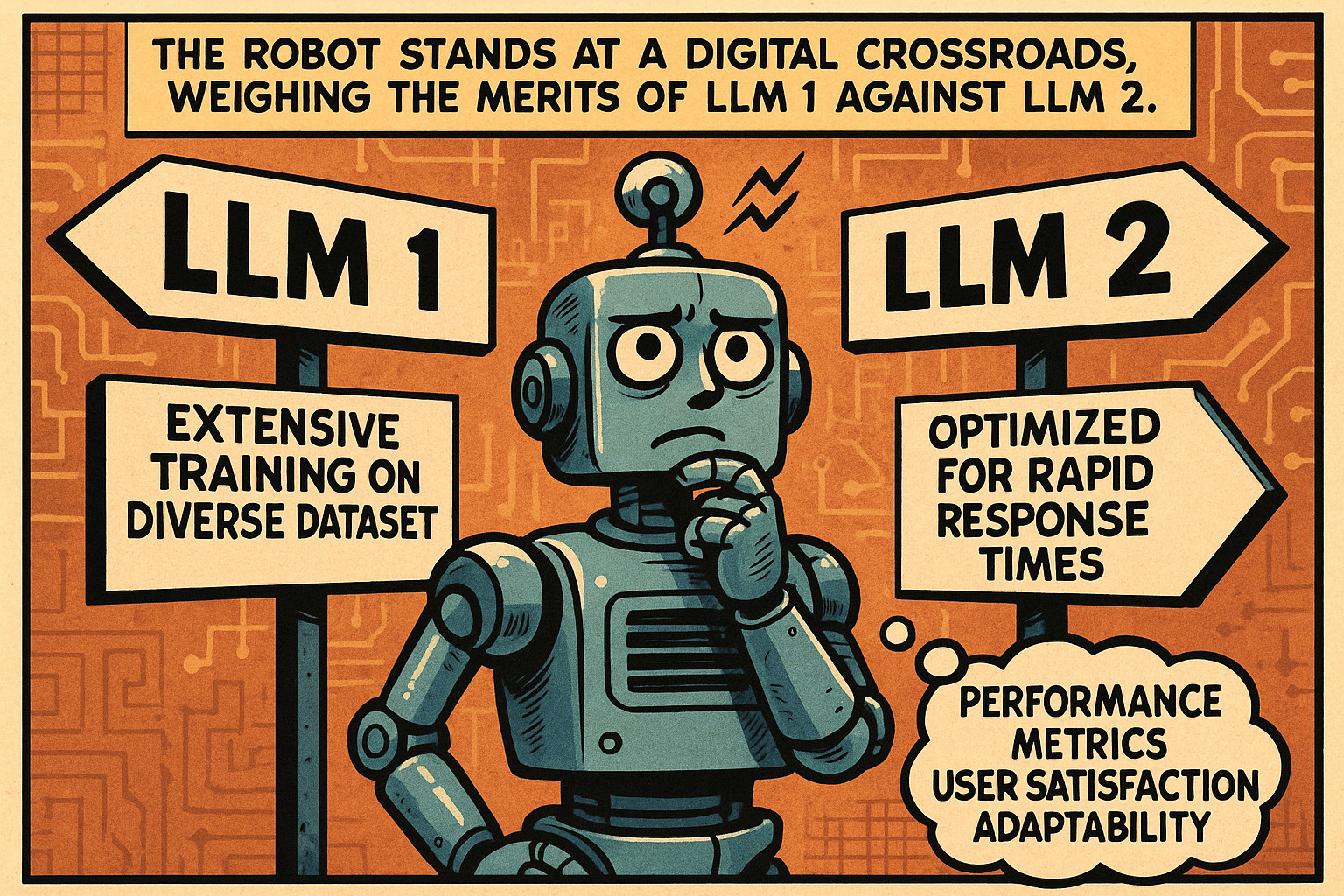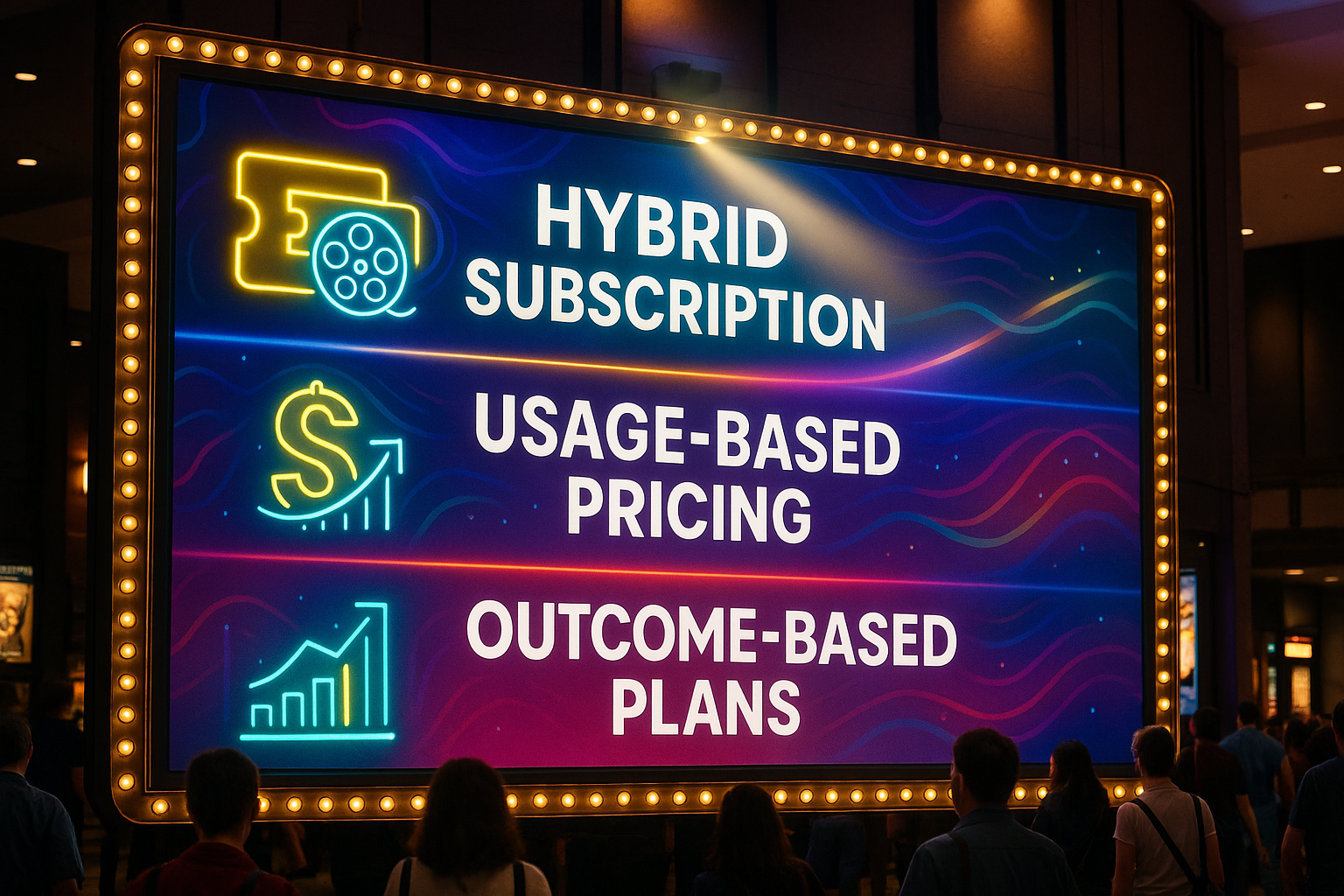
The Startup Founder’s Guide to Smarter Pricing

Pricing feels deceptively simple when you’re starting out. You pick a number, post it on your website, and move on to building. But anyone who has been through it knows that pricing is about far more than revenue. It sends signals. It shapes how customers see your product. It can even determine whether someone tries you at all.
There isn’t a single formula that works across every company. Your product, your users, and your market all change the equation. Still, certain lessons appear again and again in founder stories and expert advice. These are the axioms worth carrying with you when you’re deciding on price for the first time.
1. Price on Value, Not Just Cost
The most common mistake is to peg your price to what it costs you to deliver. Maybe it takes you $5 to process a transaction, so you charge $10. Or your cloud bill runs $1,000 a month, so you divide that by expected customers and add a margin. That logic is straightforward, but it misses how customers actually buy. People don’t pay for your costs. They pay for the value they believe they’re getting.
This shift requires stepping outside the spreadsheet and seeing your product through a customer’s eyes. What problem are you solving, and how painful was that problem before you arrived? If your product saves someone ten hours of tedious work every week, the value may be hundreds of dollars a month, regardless of whether your server bill is a fraction of that.
Conversations are the only way to understand this. Talk to customers. Watch them use your product. Ask what they would do without it. Some will call it “must-have,” others “nice-to-have.” That gap is the clue to what different segments value and what they will pay. When you tie pricing to value instead of cost, you avoid being dragged into a race to the bottom and can compete on impact instead of pennies.
2. Treat Pricing as Living, Not Fixed
Many founders set a number once and never revisit it. In reality, pricing is closer to an ongoing experiment. It shifts as your product matures, as you learn more about your users, and as your brand earns trust.
In the early days, you might deliberately keep pricing low to bring people in, framing it as “beta” or “introductory.” Later, when customers rely on you more heavily, you have permission to move higher. Some companies even raise prices as a way to signal maturity and reposition themselves in a stronger bracket.
Raising prices is uncomfortable. Nobody likes charging more to their first users. But if you’re clear—explaining that your costs have grown or that the product delivers more value now—you’ll find many customers stick with you. Sometimes an increase even reduces churn, because it reinforces that what you’ve built is worth paying for.
Think of pricing as something to check in on, not a box to tick. Revisit it after major features, when you target a new customer group, or when conversion numbers feel off. If everyone says yes instantly, you may be too cheap. If no one converts, you may be too high. Either way, the number should evolve with you.
3. Use Structure to Guide, Not Just Charge
How you present pricing matters as much as the numbers themselves. Structure tells a story. A flat fee might work if your product is very simple, but more often than not, giving people a set of options is more powerful.
Tiered pricing—the classic “good, better, best”—is effective because it lets customers self-select. The lowest tier is a clear entry point. The top tier signals ambition and anchors expectations. The middle tier usually becomes the most popular, which is often by design. Customers feel empowered when they can choose, even when the choices nudge them toward the middle.
Beyond tiers, different strategies exist. Penetration pricing means starting low to build share quickly. Skimming means starting high with early adopters, then moving lower over time. Both can work, but the right choice depends on whether you want to grab land fast or establish yourself as premium.
The key is intentionality. Pricing tables aren’t decoration. They shape how customers see you: affordable or exclusive, casual or committed, growth-oriented or cautious. Every structural choice communicates something, and it’s worth taking the time to make those choices consciously.
Wrapping It Up
Pricing is hard because it’s part math and part narrative. The math has to work, but the story has to resonate too. For founders, the best approach is to keep a few principles close:
-
Anchor pricing to value.
-
Expect it to evolve with time.
-
Be deliberate in how you structure and present it.
None of these will give you a perfect answer, but together they keep you from the biggest mistakes. Pricing is never settled on the first try. Think of it as a living conversation with your customers. Over time, that conversation will guide you closer to the number that fits.

